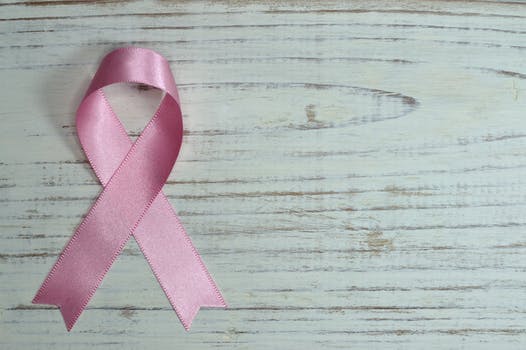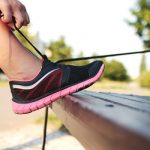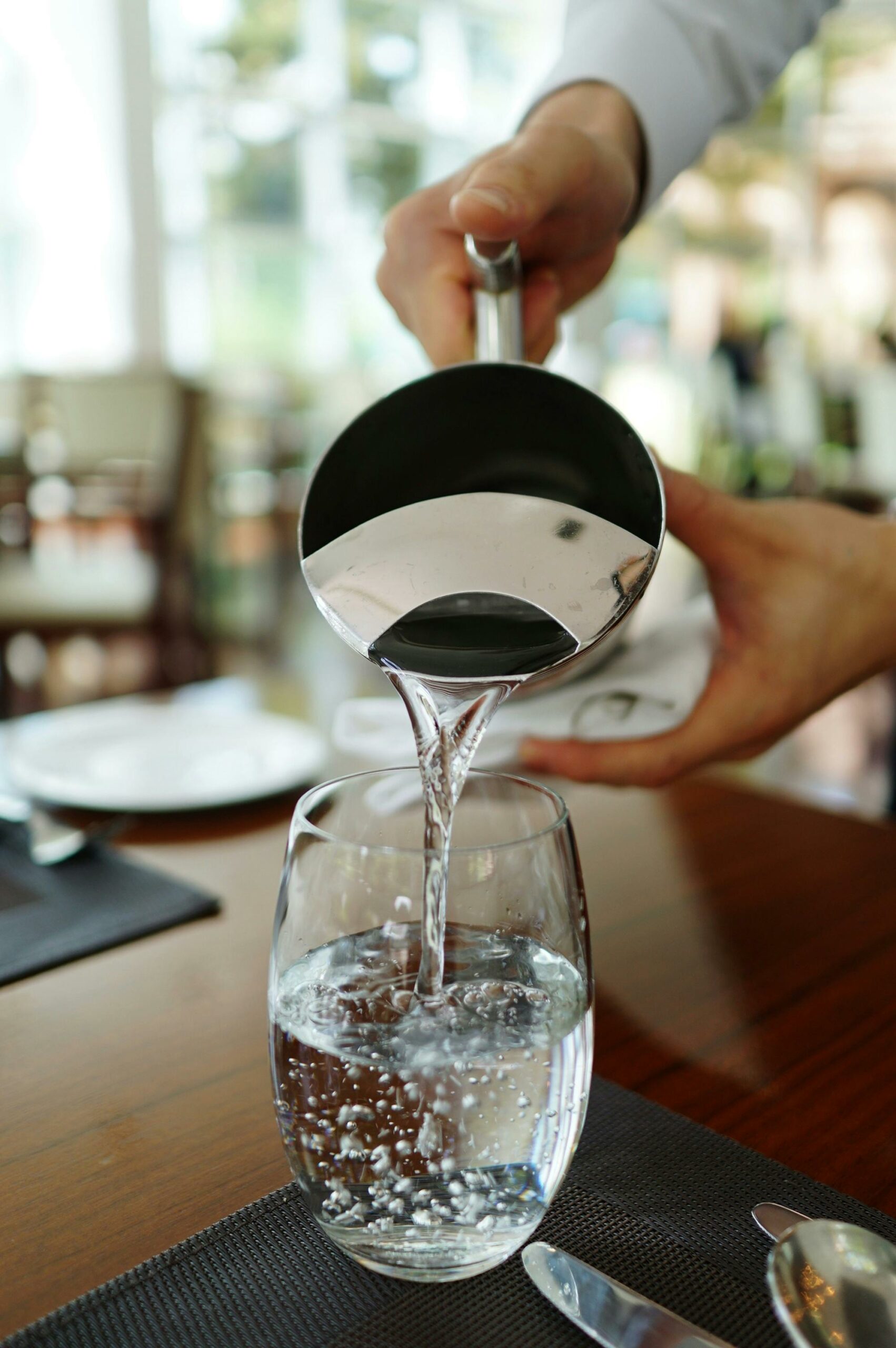Taking Steps to Prevent Breast Cancer
Category: Exercise

We all know friends and family affected by breast cancer. In fact, about 1 in 8 U.S. women (about 12.4%) will develop invasive breast cancer over the course of her lifetime. In 2018, an estimated 266,120 new cases of invasive breast cancer are expected to be diagnosed in women in the U.S., along with 63,960 new cases of non-invasive (in situ) breast cancer.
This October, (Breast Cancer Prevention Month), as we honor those who have won the battle against this disease, those who are at the moment facing its challenges and remember, of course, those who have lost this battle, I wanted to look at some preventative measures we can all take.
All of the following play a role in reducing the risk of this disease:
- Body weight ~Overweight and obese women — defined as having a BMI (body mass index)over 25 — have a higher risk of being diagnosed with breast cancer compared to women who maintain a healthy weight, especially after menopause. Being overweight also can increase the risk of the breast cancer coming back (recurrence) in women who have had the disease. This higher risk is because fat cells make estrogen; extra fat cells mean more estrogen in the body, and estrogen can make hormone-receptor-positive breast cancers develop and grow.
- Physical exercise (see below for more information on that)

- Diet ~ getting less than 10% of calories per day from added sugars, and getting less than 10% of calories per day from saturated fats. Eating freshly prepared home cooked meals and avoiding the chemicals in convenience and fast food meals are suggested. Foods rich in antioxidants could help lower your risk. It’s recommended that women 19 – 50 years old get 7 – 8 servings of fruits and vegetables every day, and women over 50 should get 7 servings. According to the CDC, a diet rich in fruit and veggies can not only reduce the risk of certain cancers but also other chronic diseases.
- Breastfeeding is highly recommended; in fact, the longer one breastfeeds, the more the protective effect. (Most women who breastfeed experience hormonal changes during lactation that delay their menstrual periods. This reduces a woman’s lifetime exposure to hormones like estrogen, which can promote breast cancer cell growth. …Breastfeeding also can help lower your ovarian cancer risk by preventing ovulation).
- Being vigilant about any changes in the breast, such as a lump or skin changes (breast self-examination)
- As a preventative measure get regular mammograms (Mammograms don’t prevent breast cancer, but they can save lives by finding breast cancer as early as possible) For more relevant information on this particular subject go to this site.
- Not smoking and limiting alcohol to only one drink per day. (Alcohol can change the way a woman’s body metabolizes estrogen (how estrogen works in the body). This can cause blood estrogen levels to rise. Estrogen levels are higher in women who drink alcohol than in non-drinkers. These higher estrogen levels may, in turn, increase the risk of breast cancer.
- Choose the right supplements. Filling in nutrition gaps with supplements can help you support breast health. Look for options that contain Vitamin D and Omega-3 fatty acids, as they have both been associated with maintaining breast health. Go here and learn more about how Omega-3 fatty acids can help with breast cancer prevention.
Many studies conducted over the past 20 years have shown that an increase in physical activity is linked to a lower breast cancer risk. The difference in risk between the most active and the least active women is typically around 25%.
How exercising lowers breast cancer risk is not fully understood. It’s thought that physical activity regulates hormones including estrogen and insulin, which can fuel breast cancer growth. Regular exercise also helps women stay at a healthy weight, which also helps regulate hormones and helps keep the immune system healthier. This statement certainly made me appreciate my commitment to moderate exercise each day. Ray and I have joined a gym and attend water aerobics classes each day.
There is much controversy over the use of hormone replacement therapy when one begins having menopausal symptoms such as bone loss, hot flashes and vaginal dryness due to findings of breast cancer risk. Go to this site to learn more about this by the National Cancer Institute. It discusses two randomized clinical trials that were sponsored by the National Institutes of Health as part of the Women’s Health Initiative (WHI) and goes into great depth about the issues women face in taking this therapy. One of the natural preventative suggestions includes using Black Cohosh, widely studied for its effect on reducing the frequency and severity of hot flashes, promoting restful sleep and reducing mild mood swings.
A few things I have been doing in practicing prevention include eliminating the toxins from our environment by using non-toxic household products to clean my home, clothes, and dishes. (This also helped with my husband’s allergies). I have also chosen a natural line of skin-care and personal care products which are safe and non-toxic. Losing my extra pounds this past year has also been part of my regime. I daily use a safe but effective program of delicious shakes.
I believe all of these preventative tips will help empower all of us against this debilitating disease. What about you? Do you have something to add to this list? Please share it with us.



Facebook Comments